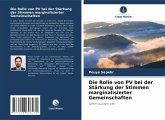
Broschiertes Buch
Lehren aus dem Iran
27. Februar 2025
OmniScriptum / Verlag Unser Wissen
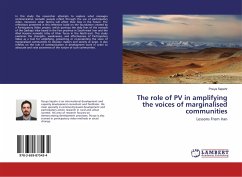
26,99 €
Versandfertig in 6-10 Tagen
Broschiertes Buch
Lessons From Iran
19. April 2016
LAP Lambert Academic Publishing
28,99 €
Versandfertig in 1-2 Wochen
Broschiertes Buch
Leçons de l'Iran
27. Februar 2025
Editions Notre Savoir
27,99 €
Versandfertig in 6-10 Tagen
Broschiertes Buch
Lezioni dall'Iran
27. Februar 2025
Edizioni Sapienza / OmniScriptum
28,99 €
Versandfertig in 1-2 Wochen
Broschiertes Buch
Lecciones de Irán
27. Februar 2025
Ediciones Nuestro Conocimiento
27,99 €
Versandfertig in 6-10 Tagen
Broschiertes Buch
Lições do Irão
27. Februar 2025
Edições Nosso Conhecimento / OmniScriptum
27,99 €
Versandfertig in 6-10 Tagen
Broschiertes Buch
Lekcje z Iranu
27. Februar 2025
OmniScriptum / Wydawnictwo Nasza Wiedza
Ähnliche Artikel



Broschiertes Buch
50 Jahre stw - Limitierte Jubiläumsausgabe
Deutsche Erstausgabe
2. April 2023
Suhrkamp
STW 2428
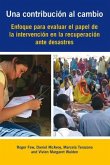
27,99 €
Versandfertig in über 4 Wochen
Broschiertes Buch
Enfoque Para Evaluar El Papel de la Intervención En La Recuperación Ante Desastres
15. Dezember 2013
Practical Action Publishing
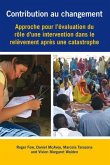
27,99 €
Versandfertig in über 4 Wochen
Broschiertes Buch
Approche Pour l'Évaluation Du Rôle d'Une Intervention Dans Le Relèvement Après Une Catastrophe
15. Dezember 2013
Practical Action Publishing

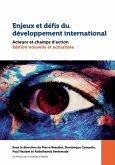
Broschiertes Buch
28. August 2019
Les Presses de l'Universite d'Ottawa/University of Ottawa Press
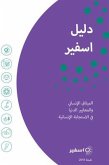
Broschiertes Buch
15. Dezember 2018
Sphere Association
Ähnlichkeitssuche: Fact®Finder von OMIKRON
